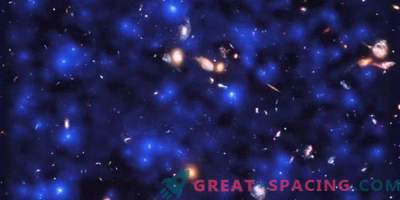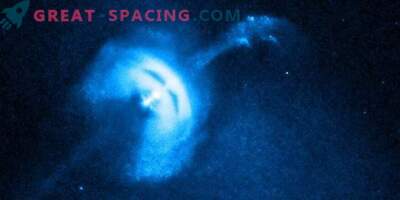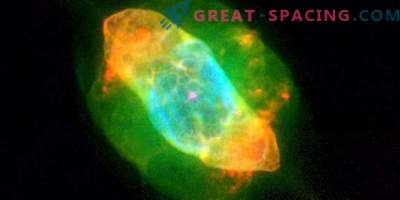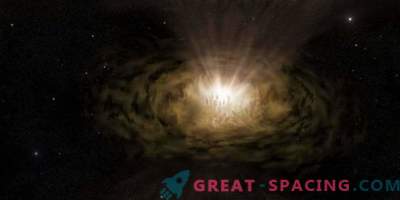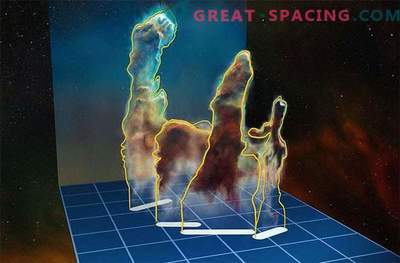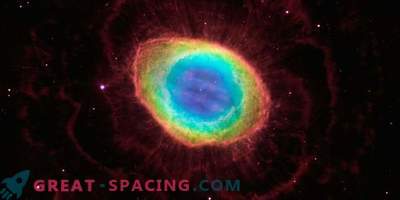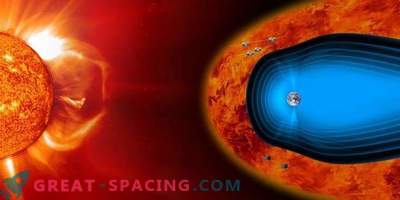
With the MUSE instrument, scientists were able to capture the enhanced Lyman-alpha radiation in the form of a nebula around quasar J1605-0112.
J1605-0112 - radio-silent quasar, whose redshift is 4.92. Researchers attributed it to quasars with a wide absorption line (BAL). This species has been studied for more than 30 years, but still does not know why they have wide absorption lines.
To understand this phenomenon, European researchers under the authority of the Rome Observatory conducted a survey using the MUSE spectrograph installed on the Very Large Telescope (Chile). The device made it possible to obtain more information about the nature of BAL-quasars and analyze the Lyman-alpha radiation.

Optimum Lyα Radiation Pattern Around J1605-0112 A nebula appeared around the quasar at z ~ 5. It stretches for almost 200,000 light years. Interestingly, it turned out to be less than typical nebulae found by MUSE around quasars at lower redshifts (3-4). They also stressed that the Lyman-alpha map of the velocity dispersion of radiation shows a particularly high line expansion in the inner regions of the nebula — higher than is usually observed.
Now researchers are trying to explain such a high expansion of the line, attributing the cause to the nature of BAL J1605-0112. Perhaps the whole thing is in a highly turbulent galactic gas or leaking material from the galaxy. Even if the line does not track the gas outflow, it may indicate a low metallicity.
